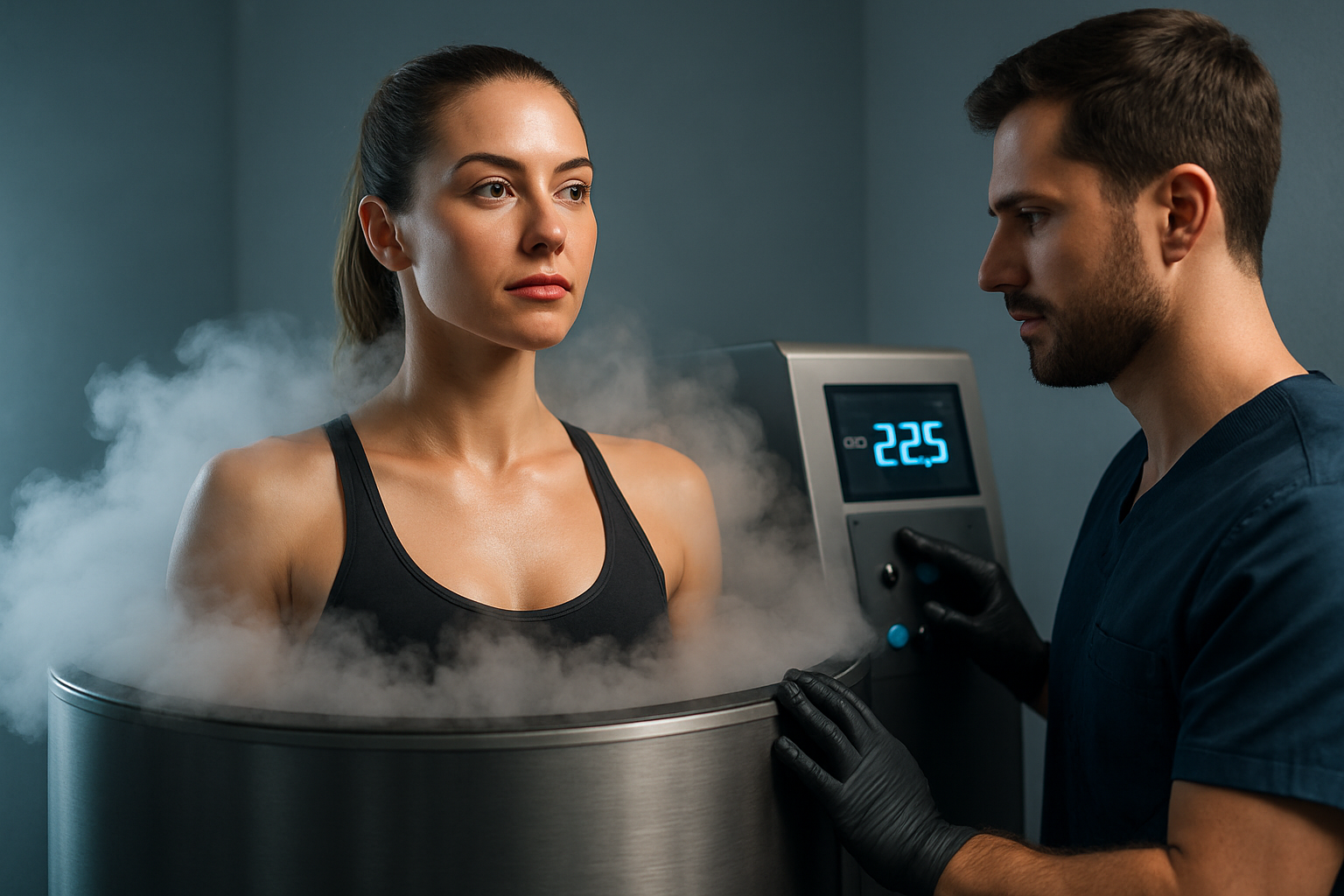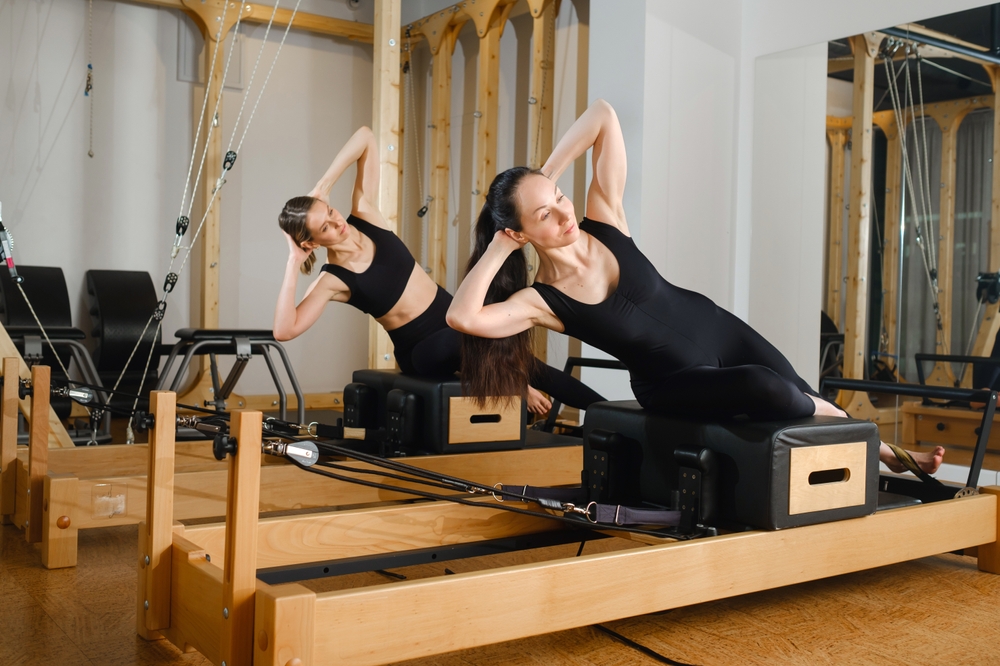Gait Adjustments That Lower Stress on the Heel
Altering the way you walk or run can reduce the repeated stress that contributes to heel pain. This article explains practical gait-focused strategies and complementary measures—from supportive insoles to targeted stretches—that can lower strain on the heel, support recovery, and reduce inflammation while you pursue longer-term solutions with qualified professionals.

This article is for informational purposes only and should not be considered medical advice. Please consult a qualified healthcare professional for personalized guidance and treatment.
How does gait affect heel stress?
Gait describes the pattern and mechanics of walking and running. Small differences in landing position, stride length, or cadence change how force is distributed across the heel and arch. For example, a heavy heel strike or overstriding increases peak impact on the plantar fascia, leading to microtears and inflammation. Simple gait adjustments—shortening stride, increasing cadence slightly, and adopting a midfoot-to-forefoot landing when appropriate—can lower peak loads. Observing gait patterns during normal activity and modifying repetitive movements reduces cumulative stress while other treatments take effect.
What role do biomechanics and arch support play?
Individual biomechanics—foot posture, tibial rotation, and ankle flexibility—determine how weight transfers through the arch to the heel. A collapsed arch or excessive pronation increases strain on the plantar fascia, while a very high arch may concentrate stress in different areas. Addressing biomechanical contributors can involve strengthening intrinsic foot muscles, improving ankle mobility, and using arch support to redistribute pressure. Understanding personal biomechanics helps tailor interventions so arch support and gait changes work together rather than simply masking symptoms.
Can orthotics or insoles reduce strain?
Orthotics and over-the-counter insoles can alter pressure distribution under the foot and support corrected gait patterns. Custom orthotics from a podiatry or biomechanics specialist are designed to match foot shape and movement, while prefabricated insoles offer accessible cushioning and moderate arch support. The goal is to reduce abnormal pronation or localized pressure on the heel, lower inflammation, and make gait adjustments more comfortable. Periodic reassessment ensures insoles remain effective as symptoms improve or as activity levels change.
Which stretches and exercises help recovery?
Targeted stretches and strengthening exercises support gait modification by improving mobility and resilience in the foot and calf complex. Calf and plantar fascia stretches reduce passive stiffness that amplifies heel loading, while exercises like toe curls, towel scrunches, and short foot activations strengthen the arch. Progressive loading through eccentric calf exercises and controlled single-leg balance work enhances muscular control during gait transitions. Combining flexibility and strengthening reduces recurrence risk and complements orthotics, insoles, and movement retraining.
How do inflammation and physio aid healing?
Inflammation is the tissue response that causes pain and limits mobility. Managing inflammation through appropriate rest, activity modification, and short-term anti-inflammatory measures can make gait retraining feasible. Physiotherapy (physio) uses hands-on techniques, tailored exercises, taping, and education to change movement patterns, restore mobility, and reduce pain. A physio-led program often includes graded return-to-activity plans and manual therapies designed to normalize gait mechanics without provoking further inflammation.
When to consider shockwave treatment, podiatry, or rehab?
If conservative gait adjustments, orthotics, stretches, and physio do not yield steady improvement over several weeks, a podiatry consultation can reassess biomechanics and rule out other conditions. Podiatrists may recommend options like extracorporeal shockwave therapy for chronic cases where tissue healing is slow; evidence supports its use in some persistent conditions but results vary. Comprehensive rehab integrates gait re-education, strength and mobility work, and activity progressions to restore function. Decisions about advanced interventions should be individualized and guided by a qualified clinician.
Conclusion
Practical gait adjustments—combined with appropriate arch support, targeted stretches, strengthening exercises, and physio-guided rehab—can significantly reduce the repetitive loading that stresses the heel. Assessing individual biomechanics and monitoring inflammation during recovery helps tailor interventions for sustainable improvement. Consult a healthcare professional to develop a coordinated plan that balances symptom relief with long-term movement changes.






